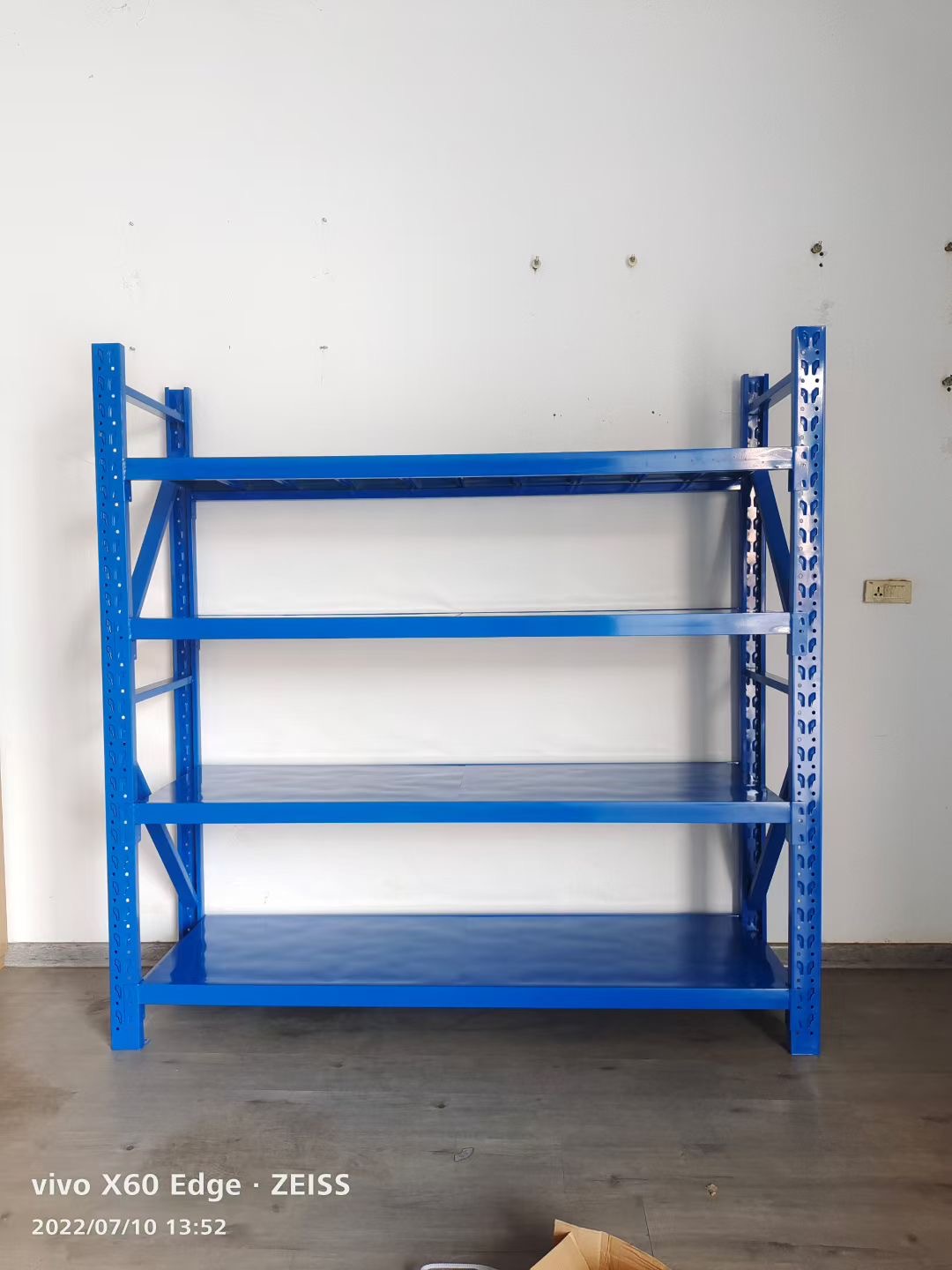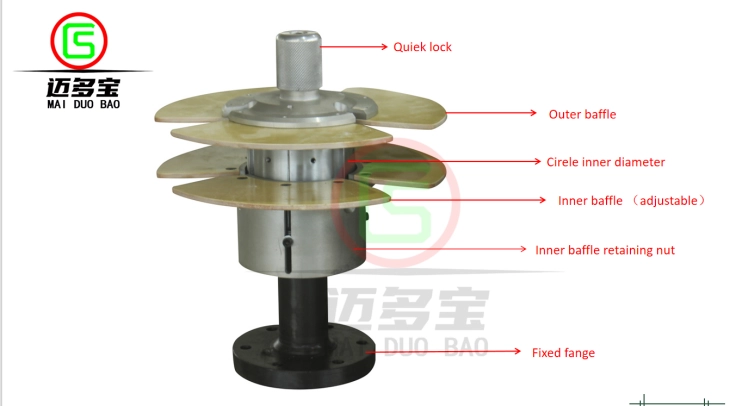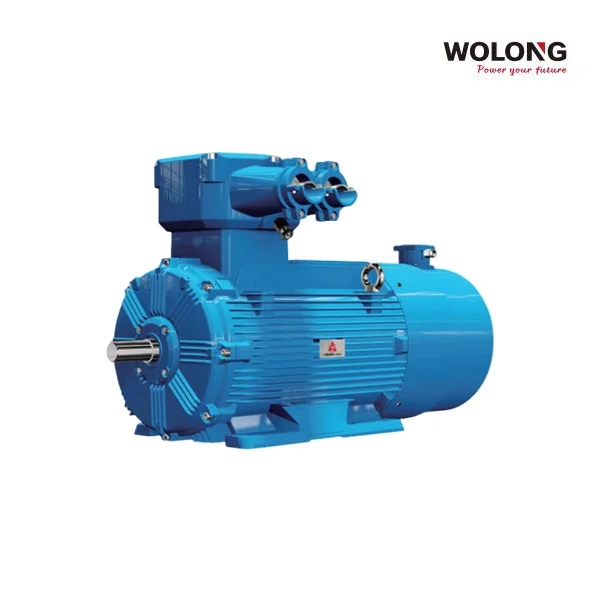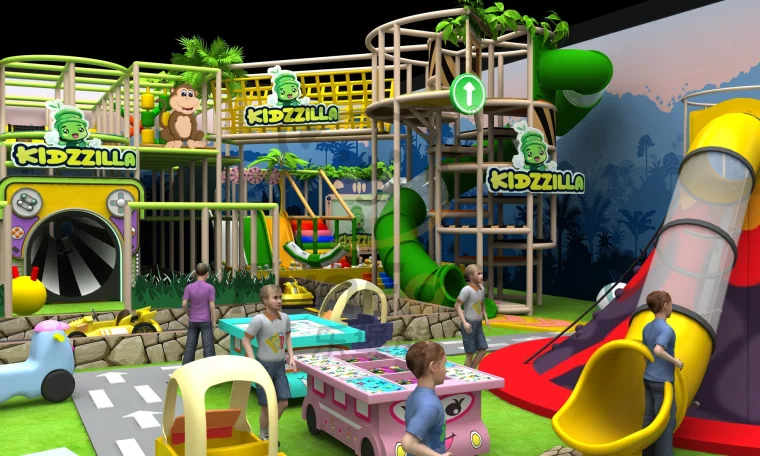In today's digital age, home printers have become an essential tool for many individuals and families. However, like any other electronic device, printers have a limited lifespan. Knowing when to replace your home printer can save you from unnecessary frustration and expenses. In this blog post, we will delve into the various factors that indicate it's time to bid farewell to your trusty printer and invest in a new one.
- Declining Print Quality:
One of the most obvious signs that it's time to replace your home printer is a decline in print quality. If you notice streaks, smudges, or faded text on your printouts, it could indicate a worn-out printhead or other internal components. While cleaning and maintenance might temporarily improve the print quality, a consistent decline suggests it's time for an upgrade. - Frequent Paper Jams and Errors:
Constant paper jams, error messages, and other mechanical issues can be incredibly frustrating. If your printer frequently disrupts your workflow, it may be a sign of a worn-out paper feed mechanism or other internal components. Repeated attempts to fix these issues may not be cost-effective, making it more sensible to invest in a new printer. - Outdated Technology and Features:
Technology evolves rapidly, and printers are no exception. If your printer lacks essential features such as wireless connectivity, mobile printing, or automatic duplexing, it may be time to consider an upgrade. Newer models offer improved efficiency, convenience, and compatibility with the latest devices and software. - Expensive Maintenance and Consumables:
As printers age, the cost of maintenance and consumables can increase significantly. Older printers may require expensive replacement parts, and the cost of ink or toner cartridges can become exorbitant. If the cost of maintaining your printer outweighs the benefits, it may be more cost-effective to invest in a new printer with lower running costs. - Incompatibility with Operating Systems:
Operating systems undergo regular updates, and older printers may not be compatible with the latest versions. If you find yourself struggling to find compatible drivers or experiencing frequent compatibility issues, it may be time to upgrade to a printer that offers better compatibility and support for your operating system.
Conclusion:
Knowing when to replace your home printer is crucial to maintaining productivity and avoiding unnecessary expenses. By keeping an eye on declining print quality, frequent errors, outdated features, expensive maintenance, and compatibility issues, you can make an informed decision about investing in a new printer. Remember, a well-timed upgrade can enhance your printing experience and ensure you stay up-to-date with the latest technology advancements.





